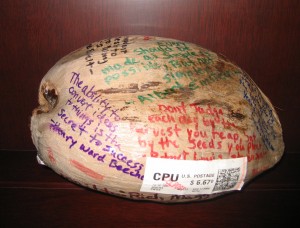Landmark legislation places an even higher value on accurate, complete technical documentation
Seventy-seven million dollars ($77 million)! That is the amount of money SAS AB is seeking in compensation from Bombardier, the Canadian-based aircraft maker, for omissions in Bombardier’s technical maintenance manual for their Q-400 turboprop plane.
Two of SAS AB’s Q-400 planes were involved in emergency crash landings in Denmark and Lithuania, both involving malfunctions in the plane’s landing gear. (No one was seriously injured in the accidents.) As a result, SAS AB grounded their entire fleet.
 SAS spokesman Hans Ollongren said, “The incidents were caused by flaws in components not included in the maintenance manual. This is why we feel the responsibility lies with Bombardier.” Ollongren said that SAS has lost about $62 million since the grounding of their fleet of Q-400s. “There are other costs involved, too, related to credibility and our flight safety record,” he continued. SAS wasn’t the only company affected; about 60 of the 160 turboprops in use by airlines worldwide were grounded.
SAS spokesman Hans Ollongren said, “The incidents were caused by flaws in components not included in the maintenance manual. This is why we feel the responsibility lies with Bombardier.” Ollongren said that SAS has lost about $62 million since the grounding of their fleet of Q-400s. “There are other costs involved, too, related to credibility and our flight safety record,” he continued. SAS wasn’t the only company affected; about 60 of the 160 turboprops in use by airlines worldwide were grounded.
SAS wants to resolve this matter privately between the two companies. Failing that, SAS has every right and intention of litigating against Bombardier. Can they litigate? For flaws in a maintenance manual? In the European Union (EU), in Canada, in some U.S. states, and increasingly around the world, SAS has tort law fully on their side.
Tort law creates liability issues for poor documentation. In 1998, the EU drew up legislation that recognizes technical documentation as part of a product. This is landmark legislation. Now, the documentation and product are inexorably tied together for liability purposes by this tort law. Corporations are legally responsible for customers not knowing how to use their products and for using them incorrectly.








